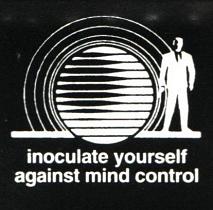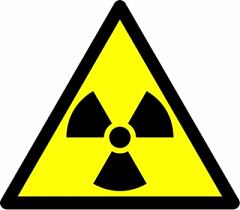Fukushima: Toronto's radioactive rain sets record at 20 000cpm per square metre
This is part 3 of my measurements of the radioactivity falling on the north of GTA (Greater Toronto Area), Canada on August 14th 2011 at 17h55. Approximately 1 square metre of smooth surface wiped (glass, solar panels). Measured with a Eberline HP-260 Pancake Probe and with a Eberline E-140 counter. (Sorry for the crappy video quality, I was using my cell phone camera, I guess it's alright for a first upload...) I measured 20 000 cpm per square meter of wipe today!!! This is the all time record since I have been taking measurements since March 14th 2011 . Previous record was 10 000cpm (counts per minute). One panel I always keep clean, but the other panels collected quite a bit of dirt which seems to increase the radioactivity collection ability. The panels were not radioactive before it rained. The decay rate is typically 33min - 45minutes. This matches Radon decay daughter products being selectively washed out of the atmosphere, (hence the variable decay rate.) Where is it from? Is it normal? Is it from Fukushima? Is the NWO spiking the clouds with radioactive isotopes for weather modification? Dunno. I all know, is we get cooked virtually every time it rains or snows. The levels are increasing. In the beginning the levels were roughly doubling every 2 weeks. Since the start of the summer the levels stabilized to 3500-5000 cpm per sq. meter every time it rained. But today, yikes! 20 000cpm! Luckily the decay rate is short and I never detect any residual radiation in the wipes after a day or so. That's what is saving us from being cooked well done. I've noticed that the worse the storm, the more extreme the weather, the higher the counts, leading me to think that this is done on purpose: From the research I did, Radon is a heavy gas that is 8 times as heavy as air, so it hugs the ground, approximately 100 metres or less is where it tends to collect. So if this is ground Radon why does the levels increase if it rains all day? Wouldn't it wash out of the air after 15 minutes or so and then the levels should drop? (My area is not known for Radon collecting in basements). Could it be Radon coming from the tailings from the Uranium mines and washing out by the rain? At these levels? Yikes we need to shut down all the mines and cover up the tailings quick! Has anyone any insight on this? I know what I'm measuring. It's real, and it's no trick. The radioactivity falling in my area is apparent... The question is where is it from, if not Fukushima?
I matched the highest counts with days where the storm clouds were the tallest in the troposphere. This is much too high for Radon to collect.
Is it being pumped there on purpose? Would Radon daughters charge up and seed rain and snowflakes? Dunno?
Is it coming from space? Radon has a very short half life of 8 days, I don't think it would be floating around in space and stay radioactive for billions of years waiting for the earth's gravity to pick it up...
Could it be traveling from Fukushima via the jet stream?
Could it be traveling from Fukushima via ground winds? Maybe?
Comments
There are 2 comments on this post
- Date: 27 August 2011
- Posted By :
- Date: 22 August 2011
- Posted By :
It would be useful to know what radionuclides you are measuring. A nuclide identification pager or handheld could explain exactly what you are seeing.

















